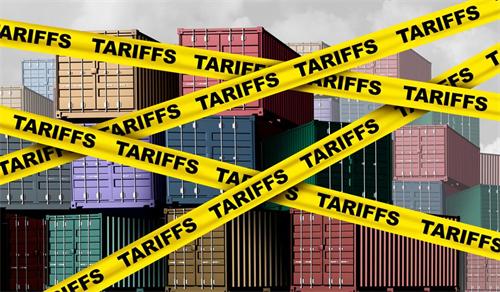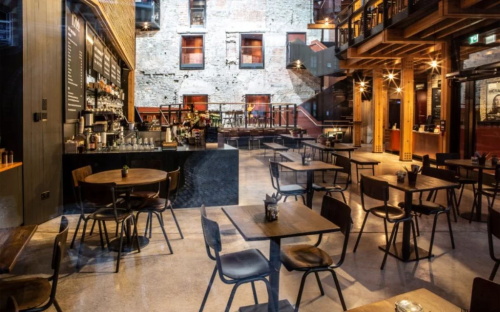How US Tariffs Are Weaving a New Lifestyle?

The Trump administration’s imposition of a 10% baseline tariff on most imports, with additional “reciprocal” levies reaching up to 145% on Chinese goods, has sent shockwaves through the fashion world and beyond. Retail giants like Walmart, Target, and online platforms such as Shein and Temu have announced plans to raise prices on clothing, footwear, and accessories, citing tariff-driven cost increases that they can no longer absorb. As prices climb, American household budgets feel the pinch, leading consumers to reconsider discretionary spending on style and comfort.
Impact on Consumer Lifestyle
With apparel and footwear imports accounting for over 98% and 99% of domestic consumption respectively, tariffs translate almost directly into higher shelf prices for everyday garments and shoes. Economist analyses suggest average markups of 2.2–2.5× the cost imply even small tariff hikes can result in 20–50% price increases at retail, forcing shoppers to choose between fashion items and other household needs. Survey data reveal that nearly two-thirds of consumers anticipate cutting back on clothing purchases this season, redirecting funds toward essentials such as groceries and utilities.
Despite a recent rebound in consumer confidence—up 12.3 points to an index of 98 in May 2025—there remains lingering apprehension about inflation and job security that temper spending on non-essentials like fashion. Short-term expectations have improved, yet they remain below recession-warning levels, indicating that many households are still belt-tightening on discretionary categories, including vacations, dining out, and stylish wardrobe updates.
Fashion Brands’ Strategic Responses
Legacy brands such as Ralph Lauren are eyeing further consumer price increases in late 2025 and early 2026 to offset tariff pressures, with CEO Patrice Louvet warning of squeezed gross margins if trade policies remain volatile. The strategy reflects a broader industry calculus: brands with higher profit margins can better weather cost shocks, while those operating on slim margins risk passing on steeper price hikes or sacrificing product quality and R&D investments.
Many companies are actively diversifying their manufacturing footprint beyond China, exploring near-shoring in Mexico or Southeast Asia to minimize exposure to punitive levies. Meanwhile, a stockpile-and-ship approach has emerged, with retailers building inventory buffers ahead of tariff implementation, at the expense of increased warehousing costs and potential overstock scenarios if demand falters.
While some tariffs have been temporarily reduced—such as the cut from 145% to 30% on certain Chinese imports—the relief may be fleeting amid ongoing negotiations and geopolitical tensions. Long-term consumer and corporate strategies will hinge on policy clarity: sustained protectionism could entrench higher price levels and accelerate lifestyle shifts toward minimalism and sustainability, whereas tariff rollbacks might reinvigorate traditional fast-fashion pathways.
In this evolving landscape, both brands and consumers are co-creating a new fashion ethos—one where economic realities and ethical considerations converge, ultimately redefining what it means to “dress well” in an era of trade uncertainty.



